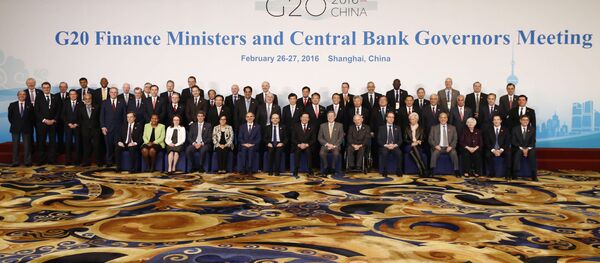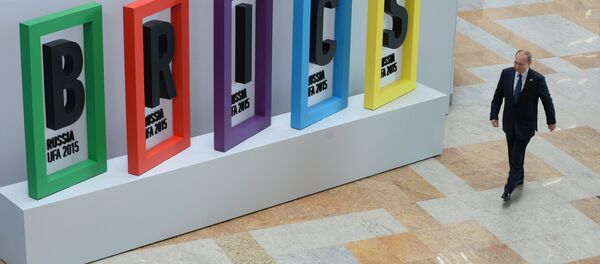The issue of China’s soft power there is that there is a variety of assessments for the situation. Joseph Nye, American political scientist who developed the concept of soft power, is skeptical about China’s capabilities to create a positive image abroad. According to Nye, the Chinese political system strictly limits the positive effect of investments.
However, other experts underscore significant achievements Beijing has made promoting its interests in Africa, Latin America and Middle Asia. This progress particularly has resulted in rising favorability for China in those regions.
Modern China has never been the global leader in any aspect, and this is why the Chinese government has to make time to embrace tools traditionally used by great powers. Despite the fact that debates on Chinese soft power started long ago, the policy was only officially adopted in 2007. At the time, country’s then-president Hu Jintao designated developing Chinese culture as a priority goal.
"Culture has become a more and more important source of national cohesion and creativity and a factor of growing significance in the competition in overall national strength," he said.
By 2014, China was spending up to $10 billion a year to improve its global image while, for example, the US spent just $666 million a year for the similar purpose.
In an effort to undermine the global dominance of English-language media, in 2000 China launched the 24/7 broadcast network CCTV, which today broadcasts in six languages. Xinhua news agency has also been actively promoted. Massive funds were invested in large-scale cultural and sports events, including the Beijing Olympics in 2008.
The most ambitious initiative by the Chinese government has been a series of economic projects totaling more than $150 billion. The BRICS Bank, the Asian Infrastructure Investment Bank (AIIB) and the Silk Road Economic Belt are more than just names. Each of them is supported by investments and agreements with foreign partners which are expected to strengthen China’s global positions.
China has come up with a different approach, including taking into account the specific character of each country, implementing gradual reforms, and drifting toward strong government involvement instead of democratization. The BRICS Bank and the AIIB are newcomers in the global economy, but they already have sparked criticism and disrespectful comments in the West.
China’s push for turning the country into a global industrial hub requires reliable supply routes to the US and Europe. The Silk Road project is aimed at creating the necessary infrastructure for a Chinese-European route. It will help China cut its reliance on sea routes which can be blocked at any moment by the US Navy.
Another ambitious initiative is China’s investments across the globe. Their scope is really impressive. The Chinese government announced that by 2025 China’s total investments abroad will reach $1.25 trillion. Many of them have already been placed into African and Latin American economies, the territories where China has been especially active.
Despite the fact that currently China is focused on producing minerals, its economic interests span far beyond. In 2014, China signed African development contracts worth $70 billion. The money will also be invested in creating jobs, infrastructure facilities and personnel training. Chinese companies invest in manufacturing industries, education as well as give loans and provide financial aid. As a result, people in Africa and Latin America are gaining confidence in China as a reliable partner.
David Kotz, Professor of Economics University of Massachusetts Amherst, said these deals will give China access to modern technologies.
"In terms of Chinese development, the strategy is logical. China is a major exporter, especially to the US market. And now it is time to import technologies. The Chinese economy is now shifting from low-qualified labor to hi-tech industries," he explained.
According to the expert, China buys US companies to receive advanced technologies and then adopts them for the needs of its economic development.
The Chinese strategy of soft-power is ambivalent. In the traditional sense, Chinese investments in its global image and reputation give limited results. Its political systems and social issues prevent Chinese social and economic models from being successfully imported. In addition, language difficulties prevent Chinese cultural values from spreading worldwide. What is more, China’s efforts have always been confronted by the US. The problem is that Chinese officials lack the experience needed for promoting soft-power initiatives. As a result, sometimes their efforts look like propaganda moves from the era of Mao Zedong.
On the other hand, China has invented an economic model which – against all principles of the liberal economic theory – has been effective in the domestic economy. In addition, the Chinese government is now actively investing abroad and can assess the difference between Chinese and Western ways of doing business. Despite the fact that the Chinese model cannot be considered 100-percent effective or absolutely versatile it has proved that there are alternatives to the traditional approaches of the IMF and the World Bank.






